Cul-de-Sac: Digitally Remastered Edition
Before Roman Polanski was a respected industry figure with several Oscar-winning films under his belt, he was just another European filmmaker trying to make a living. After winning rave reviews and coming to some industry attention with the deeply unnerving and strange psychological horror, Repulsion, he moved from London to the North of England to, along with Gérard Brach, one of his co-writers on Repulsion, make a surreal psychological thriller.
Cul-de-Sac is set on Holy Island, near Lindisfarne which is, apart from twice a day when the causeway is visible, completely cut off from the mainland. It is here that George has retired and relocated with his new French bride, Teresa. They seem to live a bizarre existence, happy in each other's company, but occasionally engaging in role play and other psychosexual activities.
One day, their tranquil existence is shattered when a couple of gangsters on the run following a botched heist cross the causeway but don't take account of the tide so their car quickly becomes stuck in the sand and, eventually, begins to become submerged. With one of them, Albie, suffering from a gunshot wound and in no state to travel, the other, Richard, takes charge and enlists the help of the two people living in the castle. When they agree to help, Richard (normally referred to as Dickie), pulls a gun, wrecks their chicken house so he can stash the car and helps himself to refreshments.
As the hours go by, Dickie becomes increasingly comfortable in his new surroundings, almost forgetting about Albie such is his interest in Teresa and, out of sheer curiosity value, George. As the tension mounts and Dickie shows no sign of wanting to leave, things take an extremely strange and unexpected turn when friends of George's from the mainland drop in unannounced and the question is: can the peaceful façade hold?
With Cul-de-Sac, Polanski further cemented his reputation as a man who really knows how to play with tension and create extremely stressful situations in the unlikeliest of surroundings. Although it wasn't a huge critical success, it did win the Golden Bear at the Berlin film awards and clearly helped raise Polanski's profile to the point that Hollywood came knocking. It is odd that this is a less accomplished film than Repulsion which is much tighter, much more unnerving and much clearer in its intentions. This sees Polanski almost experiment with surrealism as there are scenes here of which Buñuel would have been proud. He also must have been reading a great deal of Samuel Beckett as there is more than a hint of Waiting for Godot about Cul-de-Sac.
That being said, the tone varies wildly in between (and occasionally within) scenes and I sporadically felt that Polanski was trying to do too much as there are a couple of instances of slapstick comedy that alleviate the tension when it should be, at the very least maintained, if not increased. The performances, by Donald Pleasence, Françoise Dorleac and Lionel Stander are all top notch and, in his smaller role, Jack MacGowran (sporting a terrific toothbrush moustache!) is absolutely brilliant with his distinctive voice exactly the same as it would be 10 years later in The Exorcist.
Although this isn't vintage Polanski, it does introduce some of the themes that had been and would be explored later and his career such as alienation (The Tenant), being a prisoner in your own home (Rosemary's Baby) and frustrated sexuality (Repulsion and The Tenant).
The Disc
Extra Features
Although there isn't a commentary, there is a nice 23 minute retrospective, Two Gangsters and an Island (a Blue Underground piece from 2003), with contributions from most of the crew talking about the location, the difficulties with casting and where the ideas for certain scenes came from.
Just as the Repulsion disc had an interview with Roman Polanski by Clive James, this has an episode of The South Bank Show which was devoted to Polanski and is an extended interview with a great director by Melvin Bragg from 1980. It concentrates mostly on Tess and Chinatown with Polanski explaining his directorial style and why certain scenes were filmed in a certain way although it does week back briefly to films such as Cul-de-Sac.
The disc also has the theatrical trailer, a stills gallery and the trailer for Repulsion.
The Picture
The box boasts that this is the Digitally Restored Edition and the effort that went into making the transfer is good as it could possibly be certainly shows with terrific definition and the wonderful monochrome cinematography by Gilbert Taylor is clear to see. The location is one of the main features with the hilltop castle prominent in many exterior shots and the Northumbrian weather (which was predictably unpredictable with rain, sunshine and even a foot of snow) evident with leaden skies amongst the sunny days and night time shooting.
The Sound
The Dolby Digital 2.0 Mono soundtrack has also been restored and it is crystal clear, presenting the dialogue extremely well and using the excellent score by Komeda to great effect, highlighting emotion and underscoring the more tense and suspenseful scenes in which you don't know what Dickie is going to do.
Final Thoughts
Cul-de-Sac isn't vintage Polanski but it is still an extraordinarily good film and one that is well overdue a remastered DVD release. With tremendous performances by the entire cast, a fine script by Gérard Brach and Roman Polanski (who also worked together when writing Repulsion), terrific cinematography by Gilbert Taylor and Polanski running the show, this is a film that is compulsory viewing for anyone interested in Polanski's career and an extremely good DVD which is find a place on any cinephiles' shelves.
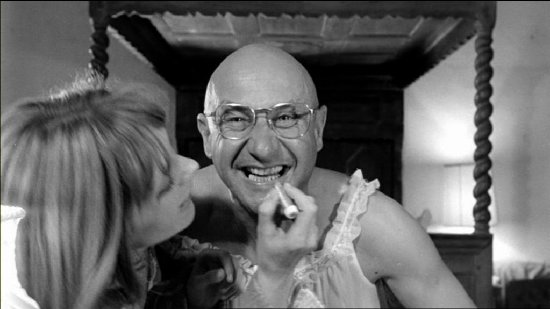
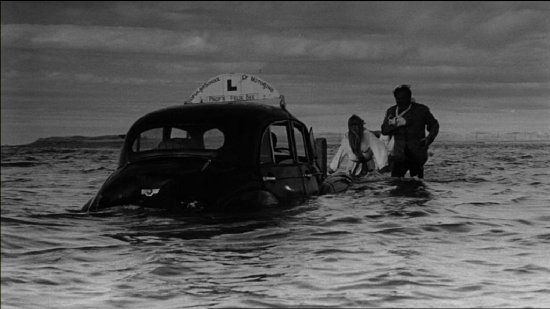
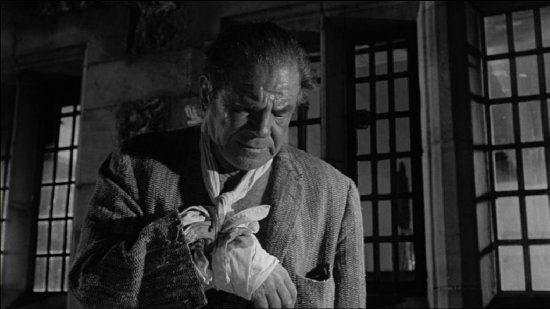
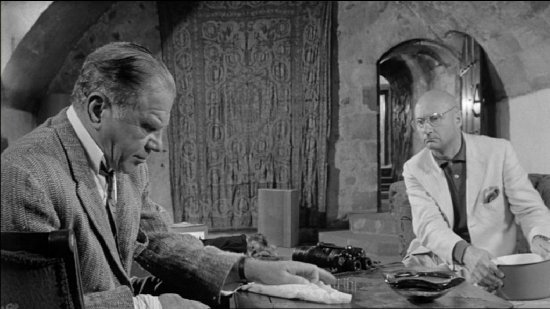
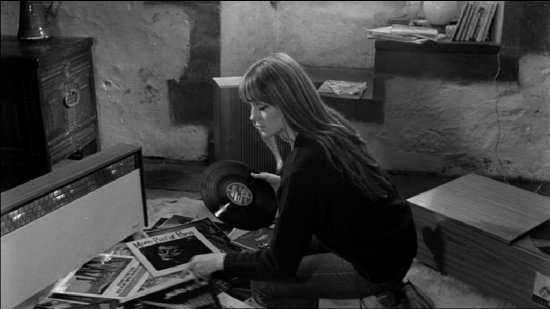
Your Opinions and Comments
Be the first to post a comment!